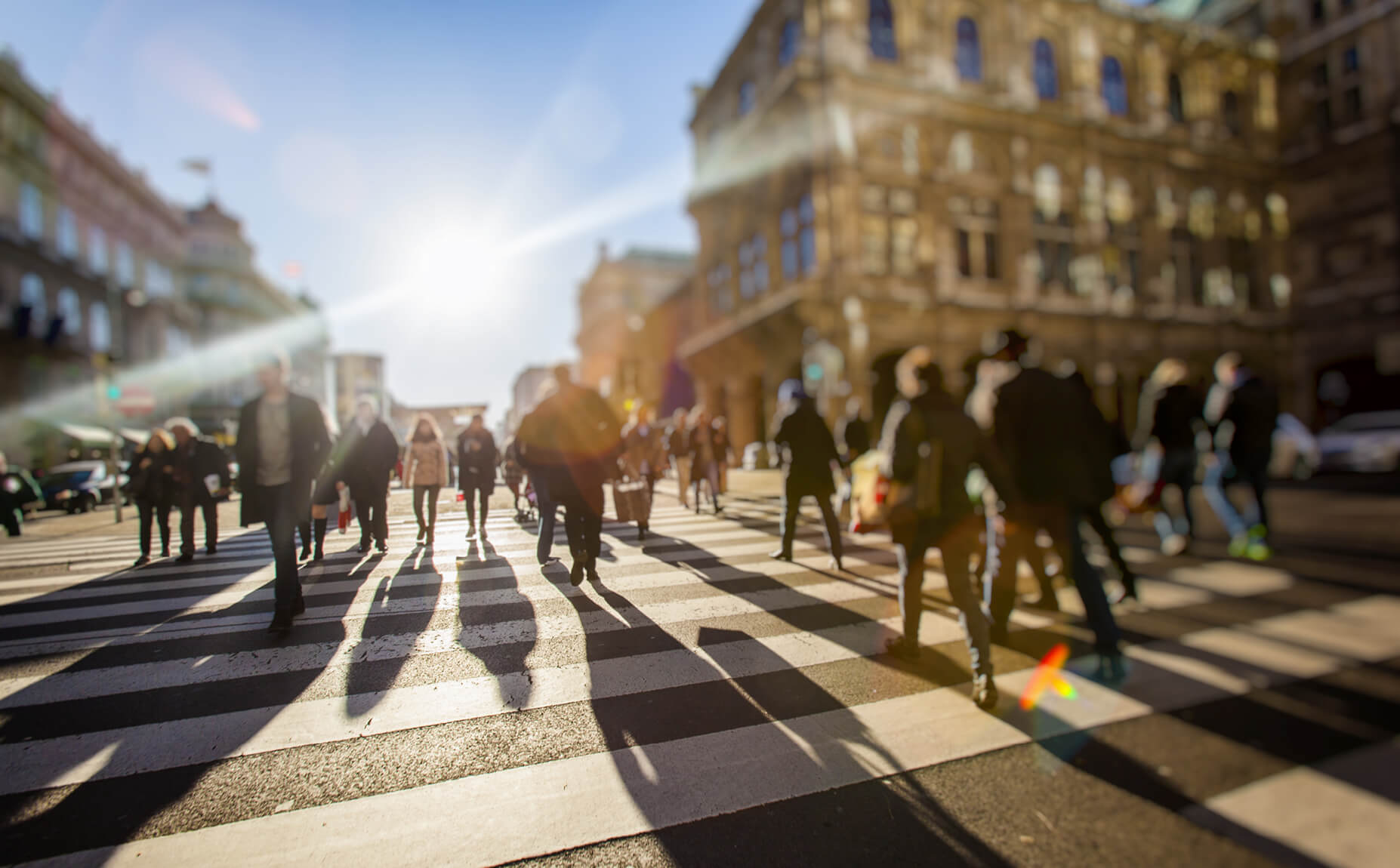The idea of creating a “walkable community” is playing a crucial role in both commercial and residential development. The concept of walkability is nothing new. However, as the demand for convenient living that combines, work, health, shopping, dining, and entertainment continues to grow, there has been a more significant push for cities to enhance their overall walkability. We’ve outlined the key amenities cities are now integrating into their development to increase their overall walkability and its benefits:
What Increased Walkability Means for Commercial Real Estate
There are numerous ways enhanced walkability has a positive effect on commercial real estate. For starters, walkable communities have and will continue to open the door for more mixed-use development. For instance, most of today’s new office and multifamily development are in or near walkable neighborhoods. Cities today see these walkable communities as having the ability to create new job opportunities, increase property values, and strengthen amenities making it easier to sell to and attract diverse populations.
Over the last decade, cities like Detroit, Pittsburgh, San Diego, Baltimore, Cleveland, Las Vegas, and even Los Angeles have made significant efforts and improvements to make their communities more walkable. Today’s consumers are using office spaces and homes in Detroit’s walkable neighborhoods 6x the rate that they were in 2010. As a result, Detroit has made a substantial investment in non-motorized infrastructures such as various recreation features, paths for pedestrians and cyclists, path mile markers, greenways, and park benches, among many others.
Note, the idea of walkability is more complicated than it may seem. There is no one-size-fits-all solution or a single design that makes a city walkable. Instead, it is a unique combination of various factors listed above that come together to optimize a cities walkability.



